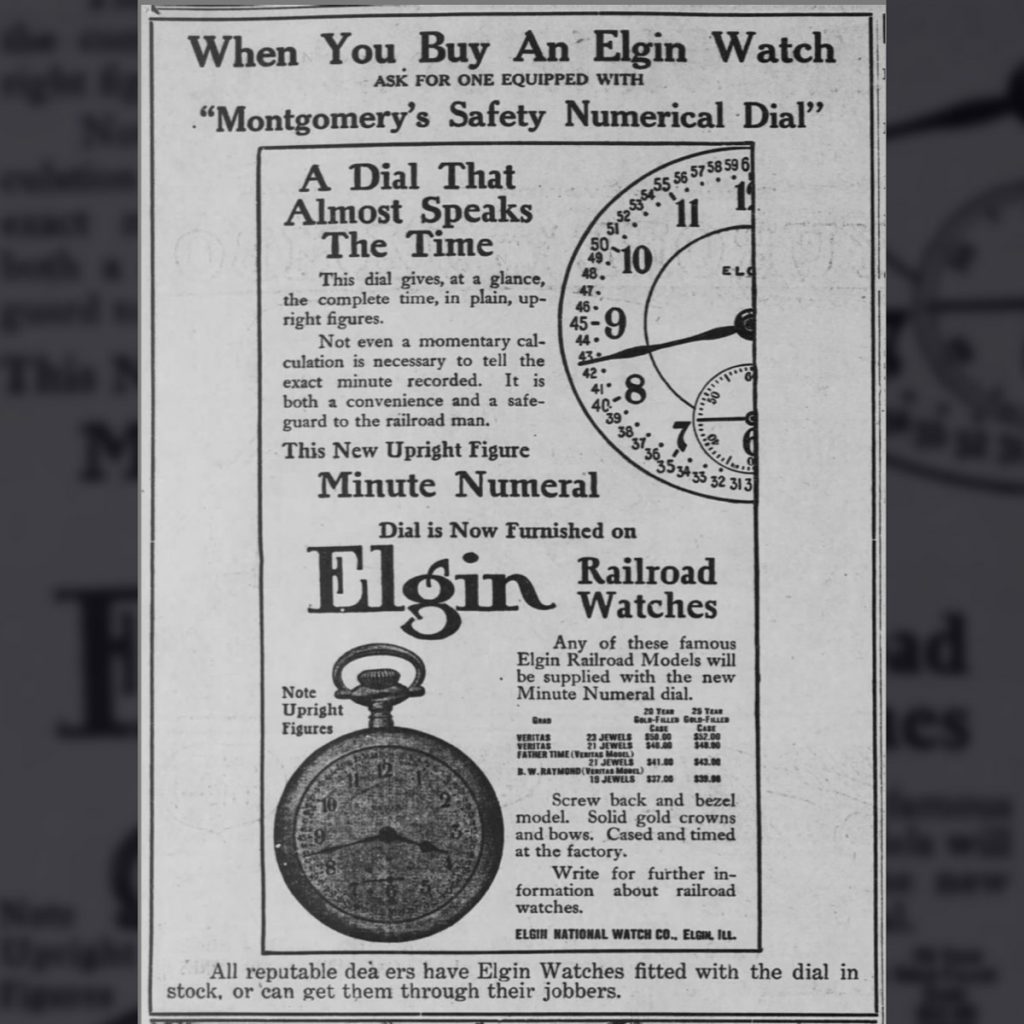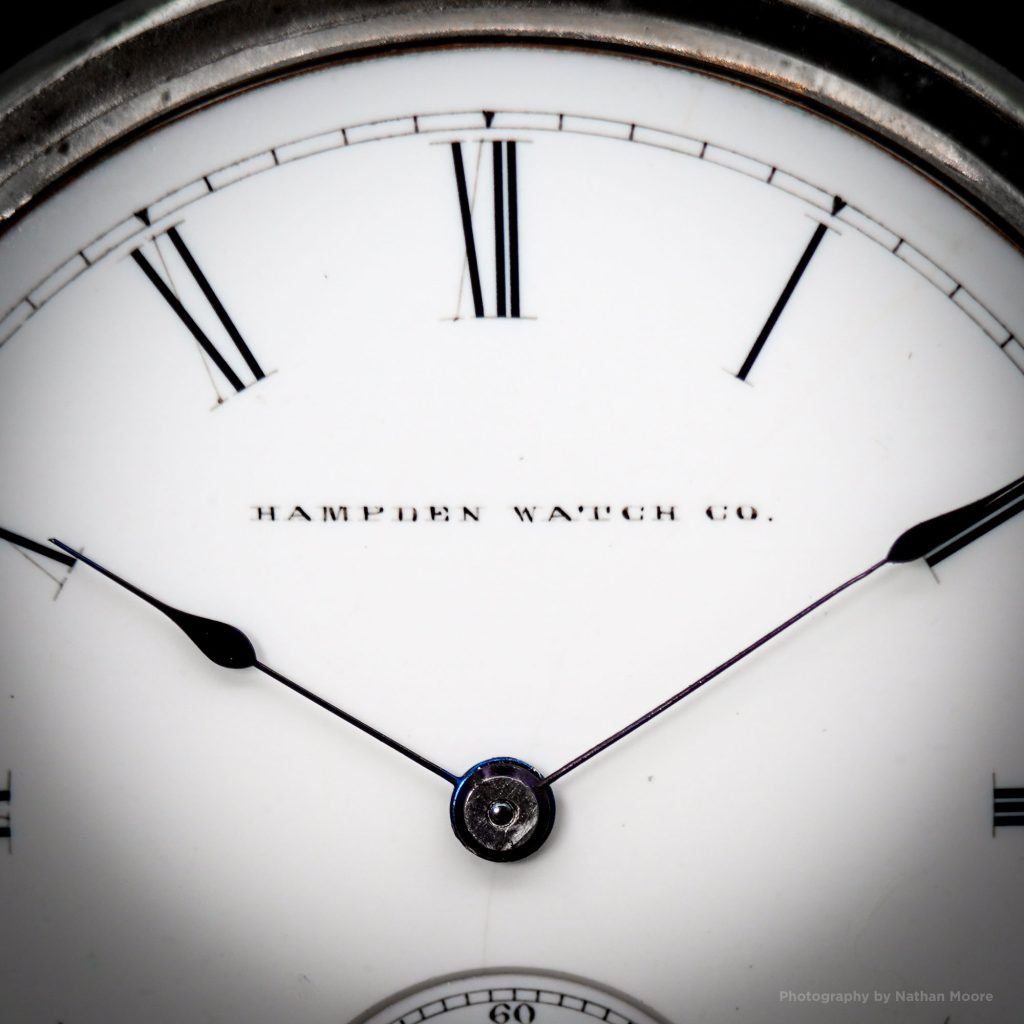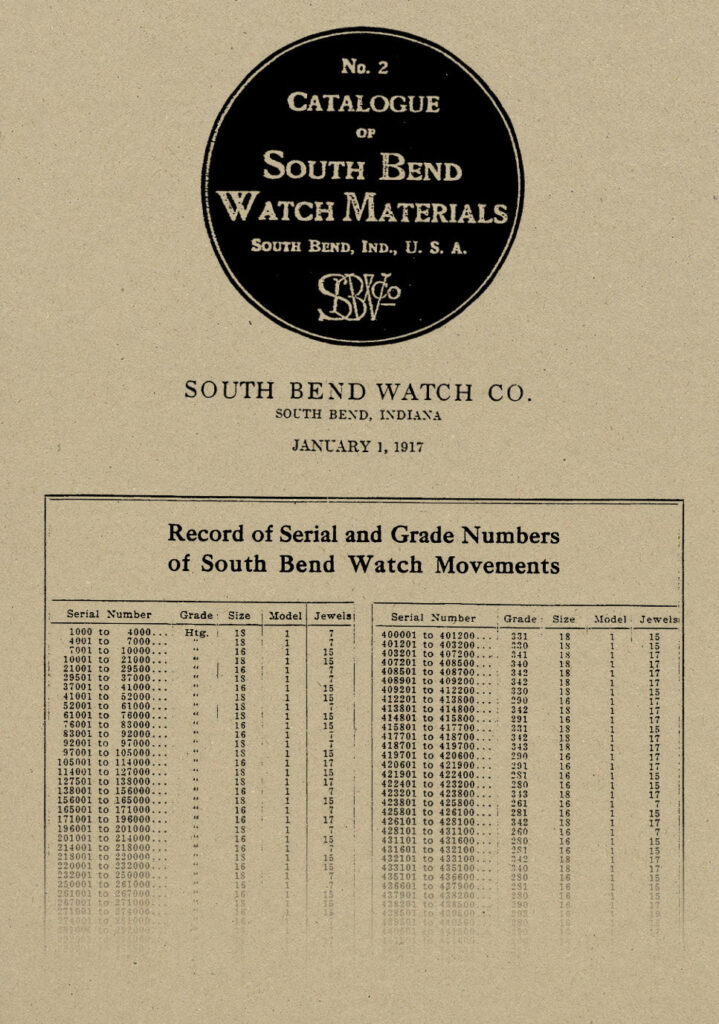Waltham P.S. Bartlett with Solid Balance Wheel: Adjusted?
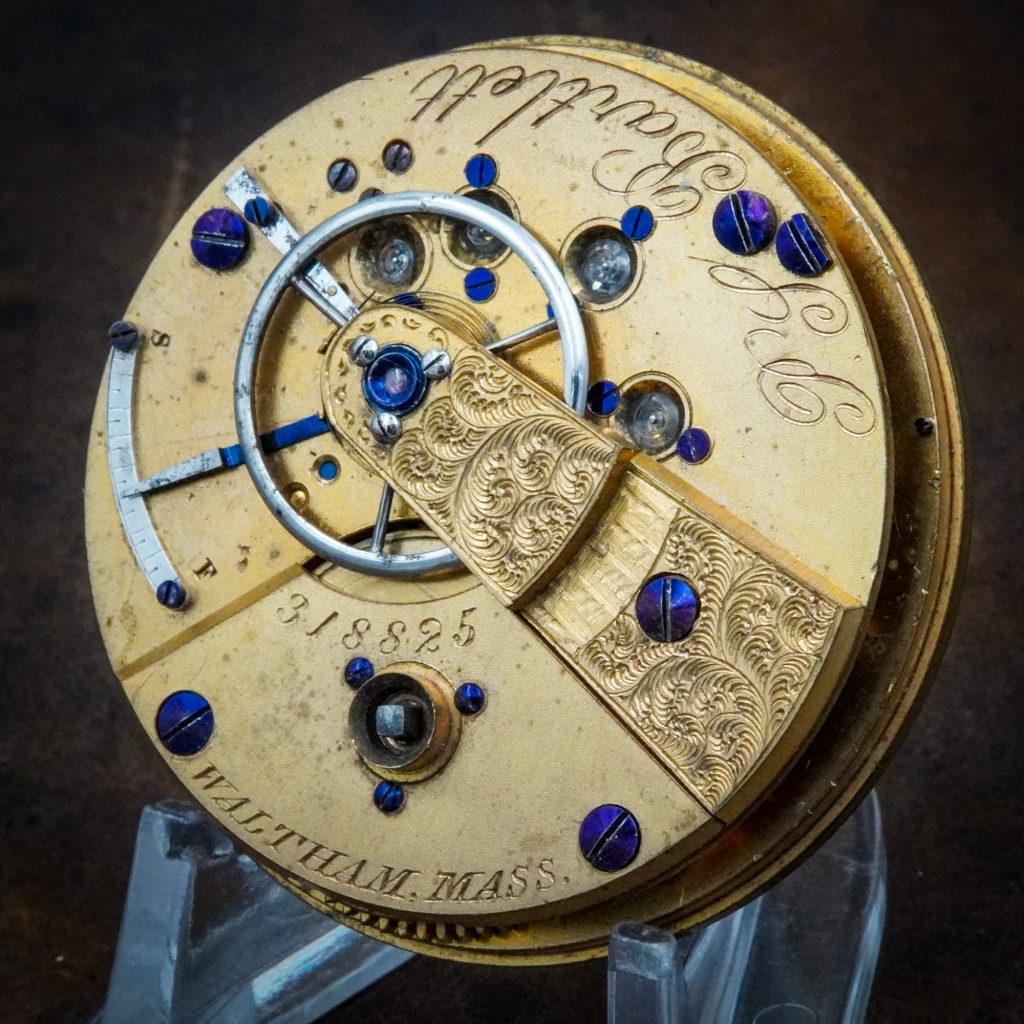
One of the primary resources for identifying Waltham watches is a serial number list distributed by the company starting in 1930. While many critiques can be made regarding the list from the “grey book,” the “Grade Material” classification for early production has always seemed erroneous on a large scale.
Each run is designated with a letter code signifying the grade of material used for production. These designations have been interpreted with these meanings: P: Adjusted to Positions; A: Adjusted to Temperature; U: Unadjusted.
This applied understanding is generally correct, but it deviates completely when analyzing the early production of the company. Many movements that feature solid balance wheels, including the movement featured in the accompanying image, are attributed with the “A” classification, typically meaning “adjusted.”
However, temperature adjustments require a bimetallic expansion balance and are not possible with a solid balance wheel. So, why does the factory serial list seemingly misattribute the early production so egregiously?
The answer is found on the inside cover of the original 1930 book containing the serial list. This introduction, which is entirely omitted in subsequent publications, clarifies the special designations applied to early production:
“For the first two million movements described in this list, but two grades of material are quoted, A and P. Owing to the expense in making by hand much of the material required for these watches, it cannot regularly be charged at the U price.”
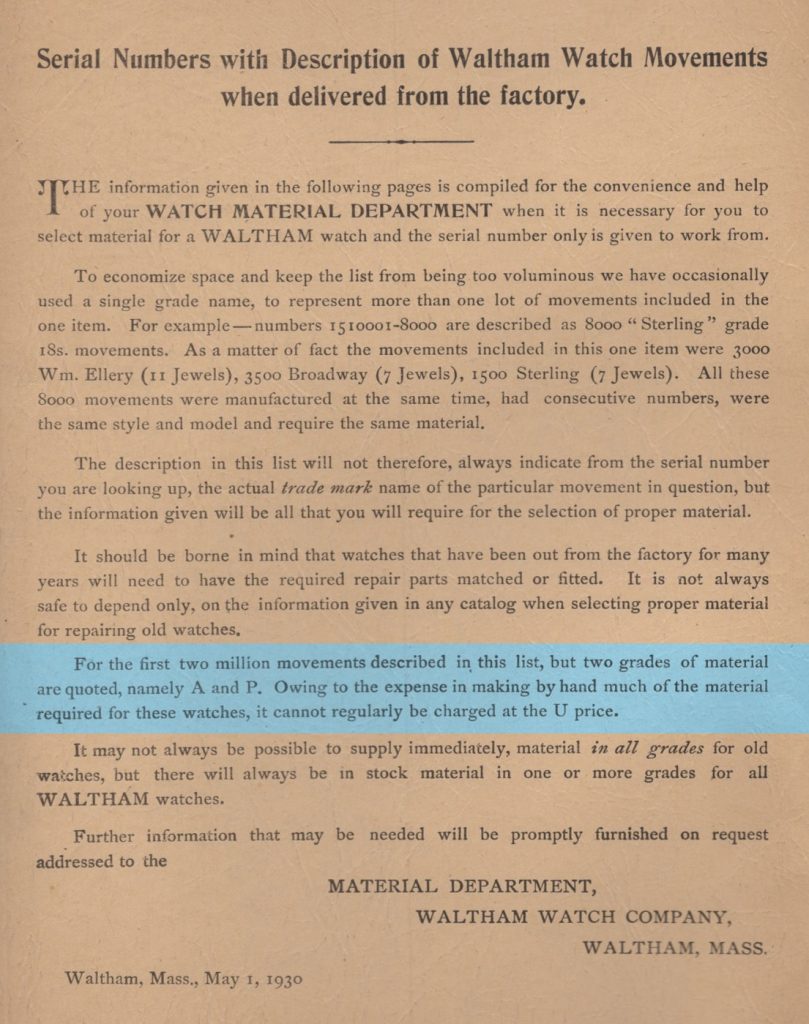
This reveals the designations for early production were used more as a pricing structure methodology rather than a descriptive classification of the movement. In fact, the “U” letter code classification is not utilized at all until after the two-millionth serial number.
So, despite the fact that the run that contains this 1867 P.S. Bartlett movement is designated with an “A,” the movement was never adjusted.


